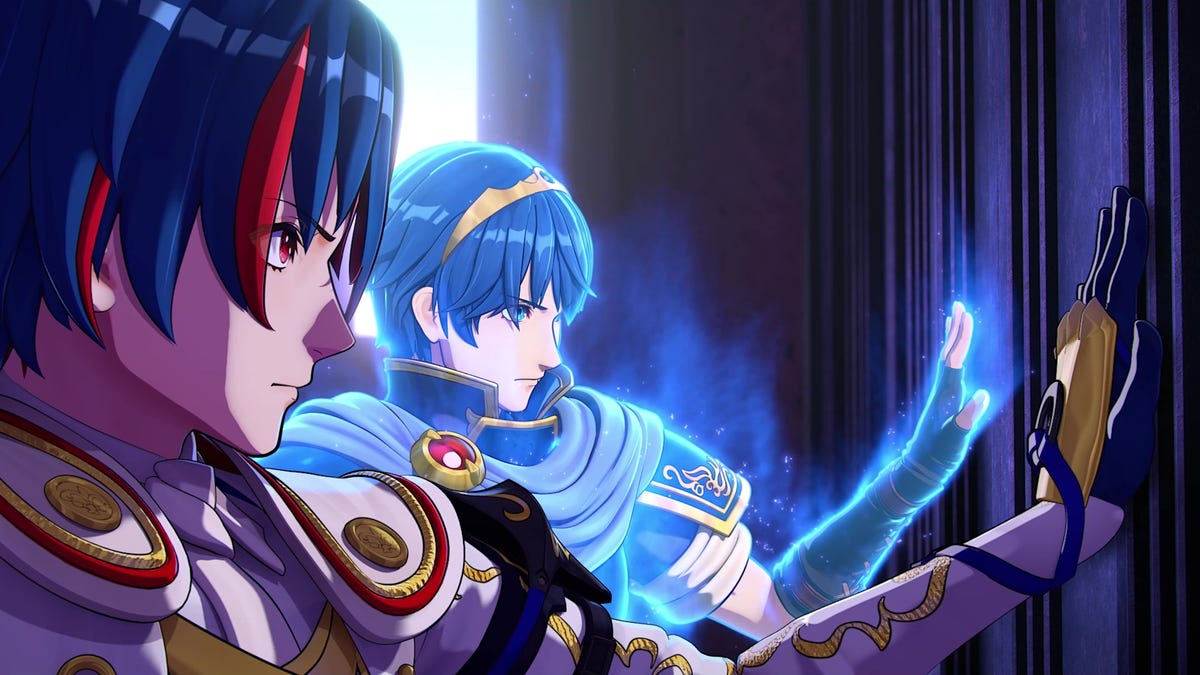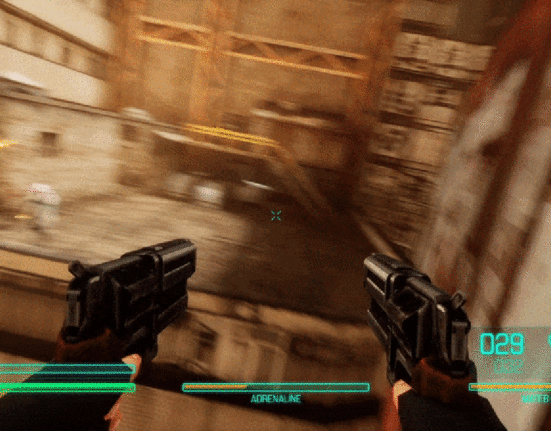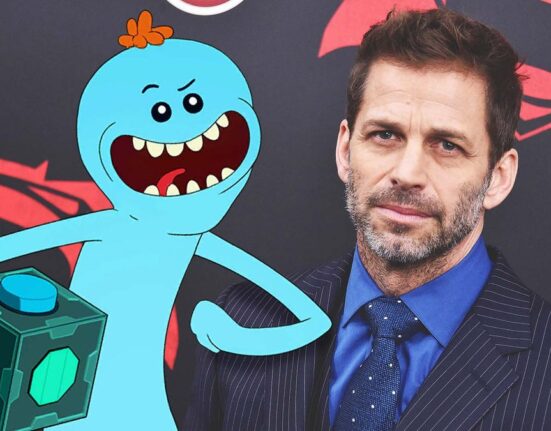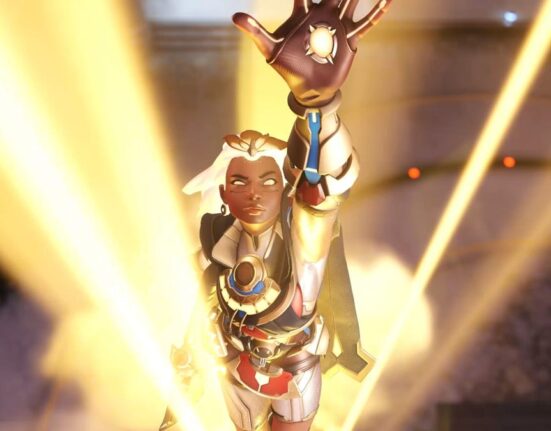Fire Emblem Three Houses was adored by many for its detailed characters, intricate relationship building, and consequential story choices. The series’ strategy combat was still there, but hardly the main attraction. Based on early reviews, it sounds like Fire Emblem Engage flips the tables, rewarding fans of the strategy series’ roots while at the same time curtailing the ambitious social elements introduced by its predecessor.
Out January 20 on Nintendo Switch, Fire Emblem Engage sports VTuber-looking protagonists and a gameplay gimmick that lets players summon heroes from the series’ past to help them in battle. What it doesn’t necessarily have is a cast of fascinating warriors to befriend or a compelling conflict. There are a host of visual and quality-of-life improvements, but the game appears to be more of an homage to the series’ past than its next step forward. As a result, it currently sits at 82 on Metacritic, about seven points below Three Houses. In the current battle over the soul of Fire Emblem, it sounds like the combat has temporarily won out.
As with other Nintendo games, Kotaku was denied review code for Fire Emblem Engage, so our coverage won’t be up until after the game releases. But in the meantime here’s what other reviews are saying about the seventeenth mainline entry in the beloved strategy RPG franchise:
There’s something deeply seductive about Fire Emblem Engage’s combat. It’s the reason why I contentedly spent over 70 hours in a game that otherwise has little else to recommend it. As Fire Emblems go, it’s a great jumping-in point if you’ve never experienced Nintendo’s foundational tactical RPG series. But if you’re like me and desperate to feel the same emotions Three Houses or Fates made you feel, you’re simply better off playing those games again.
It’s no small feat that Fire Emblem Engage is able to tell a simple-but-fun story that celebrates the vast history of its series in a way that doesn’t rely on prior knowledge of that legacy. Building the perfect team of diverse characters and pairing them with the Emblem Rings of past heroes allows for tons of customization and strategy, and blasting through the enemy ranks with their special powers is always immensely satisfying. Both its main and side missions provide a good deal of challenge, and clever twists and obstacles offset a reliance on overly familiar mission objectives. Couple all that with a suite of quality-of-life improvements that immediately feel vital and Fire Emblem Engage proves itself worthy enough to be counted alongside the legacy it honors so well.
G/O Media may get a commission

Up to $100 credit
Samsung Reserve
Reserve the next gen Samsung device
All you need to do is sign up with your email and boom: credit for your preorder on a new Samsung device.
Engage’s combat is a return to form for the Fire Emblem series, bringing back the traditional rock-paper-scissors formula where lances beat swords, swords beat axes, and axes beat lances, while fisticuff fighters have an advantage over archers, mages, and thieves. It’s a simple fighting premise that works because it forces you to examine unit placement, movement, and strategy well in advance based on enemy positioning on a given map. And this formula is strengthened by a game that builds on the combat in virtually every sense; most everything you do ties back to what happens in battle, including the game’s namesake, Engage.
So, yeah. I don’t hate the Fire Emblem Engage story, nor what it does when you’re outside of combat. Though it’s also fair to say that compared to Three Houses, that side of the game feels a touch inferior. Even though there’s more of everything thanks to that kitchen sink approach, not all of that quantity is as high quality – and that’s a shame. On the other hand, however, Fire Emblem Engage is certainly superior to Three Houses, and that’s as a strategy RPG. It’s probably a little easy on normal mode for those more experienced in the series or genre – but crank it up to hard and it’s a real blast and one of the most mechanically satisfying Fire Emblem games in many years.
When Fire Emblem Engage was first announced I was wary of the visual style, but it grew on me once I saw it in action. The strategic bits are smooth, the customization element is deep, and I’m a sucker for the tasteful fan service that we’re getting with the appearance of past franchise heroes. If you were overwhelmed by Three Houses, this is a great follow-up that doesn’t just follow that same formula: and in many ways, gets back to Fire Emblem basics.
As a strategy game, Fire Emblem Engage is great. Off the battlefield, its problems start to overwhelm. The Jades and Celicas fighting with you aren’t chess pieces. They’re meant to be characters with wants, needs, and crushes on each other. Most characters in Engage introduce themselves with a single unique quirk and never get more interesting. Etie likes to work out, so every conversation you have is about gains. Anna is a carefree kid who talks incessantly about money. So cute! I can’t wait to hear about it 60 more times. Emblems are even more poorly defined, each getting only a handful of vague dialogue lines throughout the entire game.
The Support link conversations of past Fire Emblem games returns, but they’re paper-thin on character development. This is really where the tropes come out to play, and they’re all bristling and ugly; actual character moments are pushed firmly to the background, with one-dimensional traits brought to the forefront. If a character appeared overbearing at first for example, get ready for them to be a lot more overbearing in their support links. It’s that simple.
The result is an elegant, if initially overwhelming, system in which you can alter your army’s strengths and weaknesses in a matter of minutes. Because the majority of a character’s abilities are “inherited” from Emblem rings, you can teach any unit any ability, so long as they’ve developed the necessary bond with the corresponding Emblem hero. In just one visit to the Somniel, you can teach a mage how to wield an ax, a medic how to cast a fireball, and a wolf rider how to summon an obstructive pillar of ice. It’s one of the most flexible progression systems the series has ever implemented. And it changes my army composition enough that even the repetitious skirmishes can still surprise me.
Intelligent Systems has crafted a culmination of Fire Emblem’s history, presenting a surprising blend that takes clear inspiration from both eras. While I miss the intrigue which made Three Houses’ main story so appealing, a compelling cast and sublime tactical gameplay see Fire Emblem Engage through. This is a fine RPG that further innovates an already rich combat system, and while long-term fans will get more from this, newcomers might be inspired to check out the rich history of this strategy series.
Not only does the game look better on a technical level, the art direction in Engage feels much stronger this time around. Characters are lavishly rendered with colorful outfits and accessories that perfectly capture their personality. Jean, the young medic, brandishes a backpack equipped with vials and a medicinal flask, while Diamont, the royal prince of Brodia, is adorned with a crown and heavy armor with red accents to match his country’s colors. Even though Engage does frontload the experience with too many characters, they all feel visually unique.
Fire Emblem Engage is obsessed with the series’ past. It builds itself around the protagonists of previous games, re-uses those game’s most memorable maps, and builds its narrative around referencing the beats of older, better told stories. If the next Fire Emblem game is like this, it will be a disappointment. Engage’s tactics, however, set a new standard for the series. IntelligentSystems managed to perfectly meld mechanics and tone, but the tone they picked was fun, but ultimately empty. If they could manage to apply these same principles to more interesting narrative ends, the next Fire Emblem game would be the series’ best.







Leave feedback about this